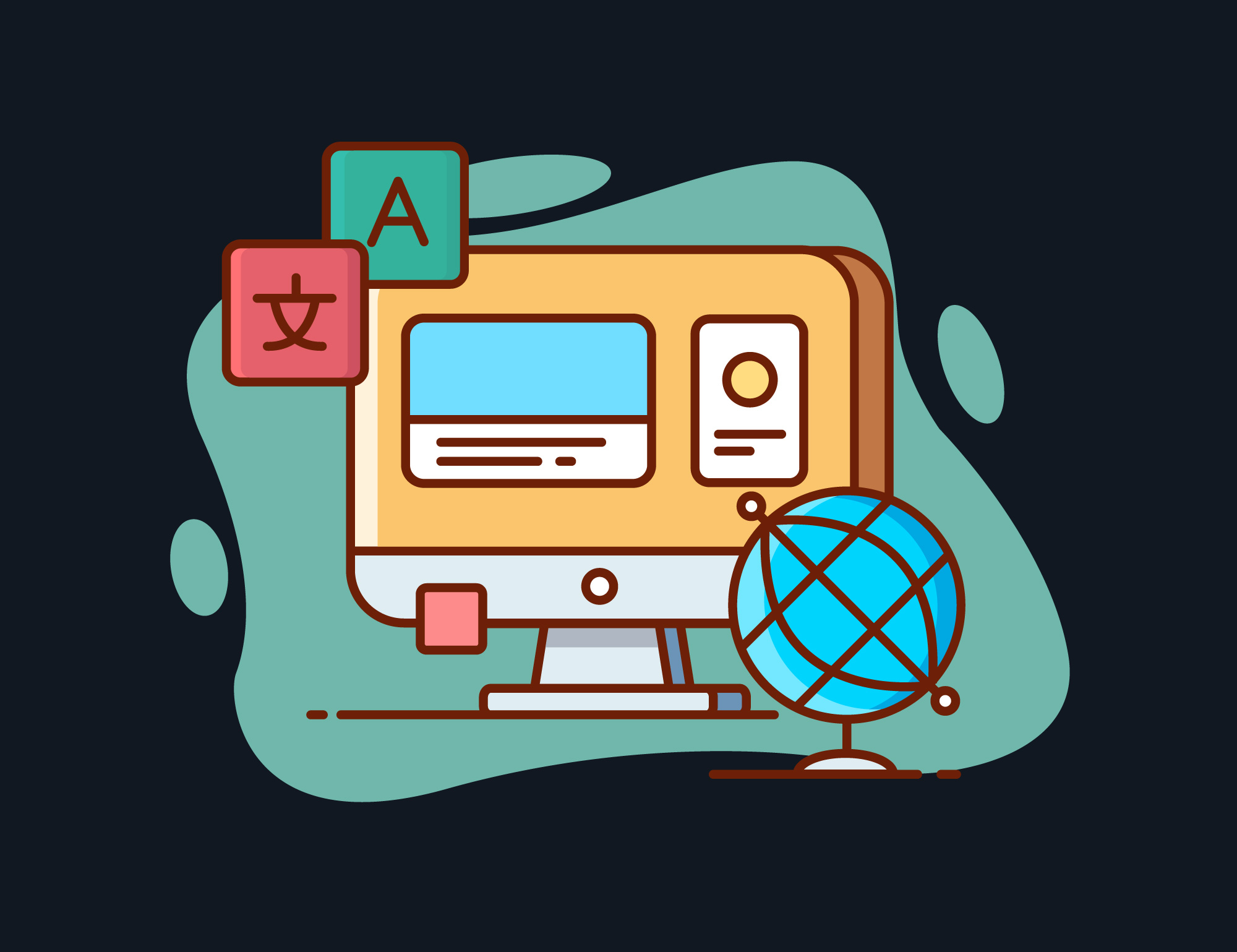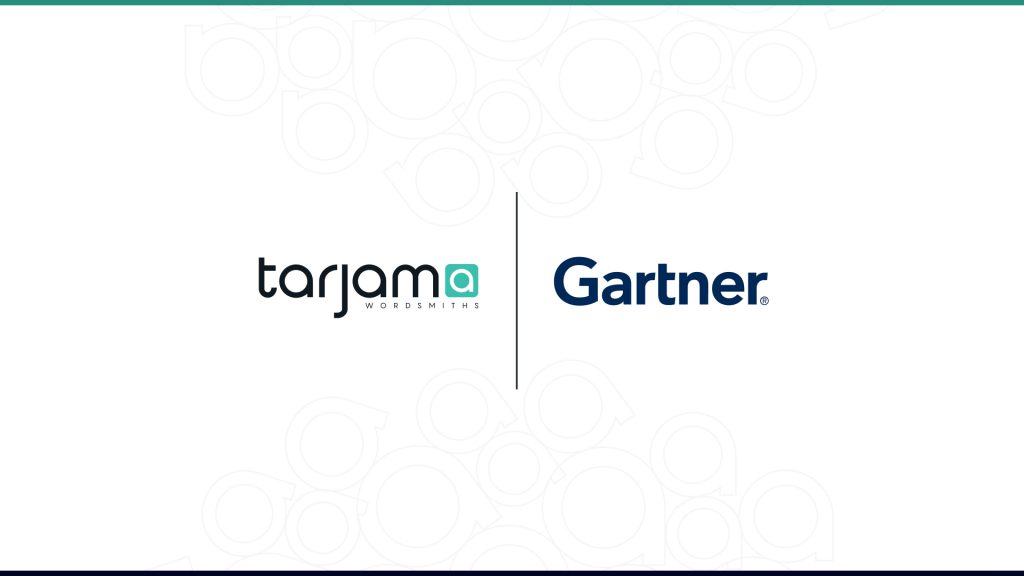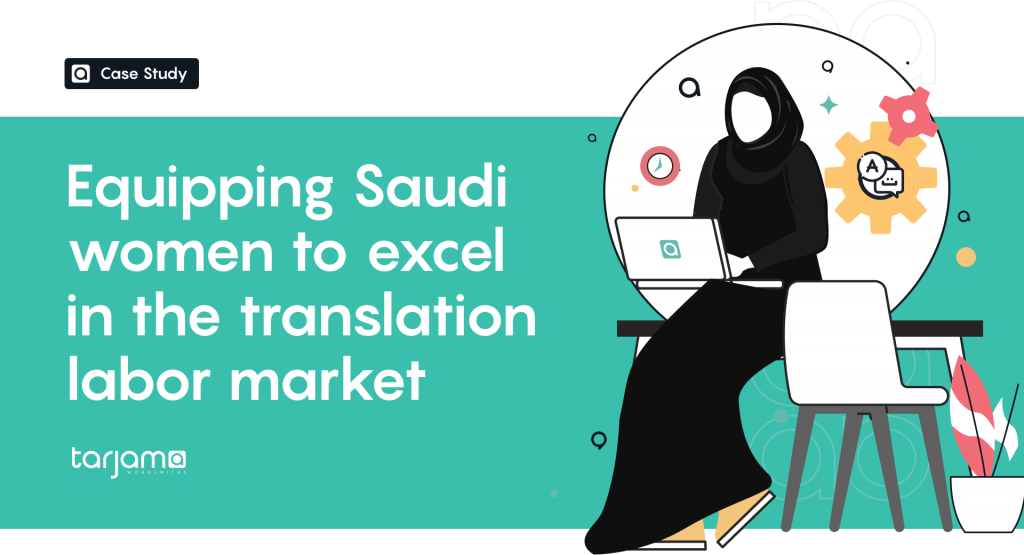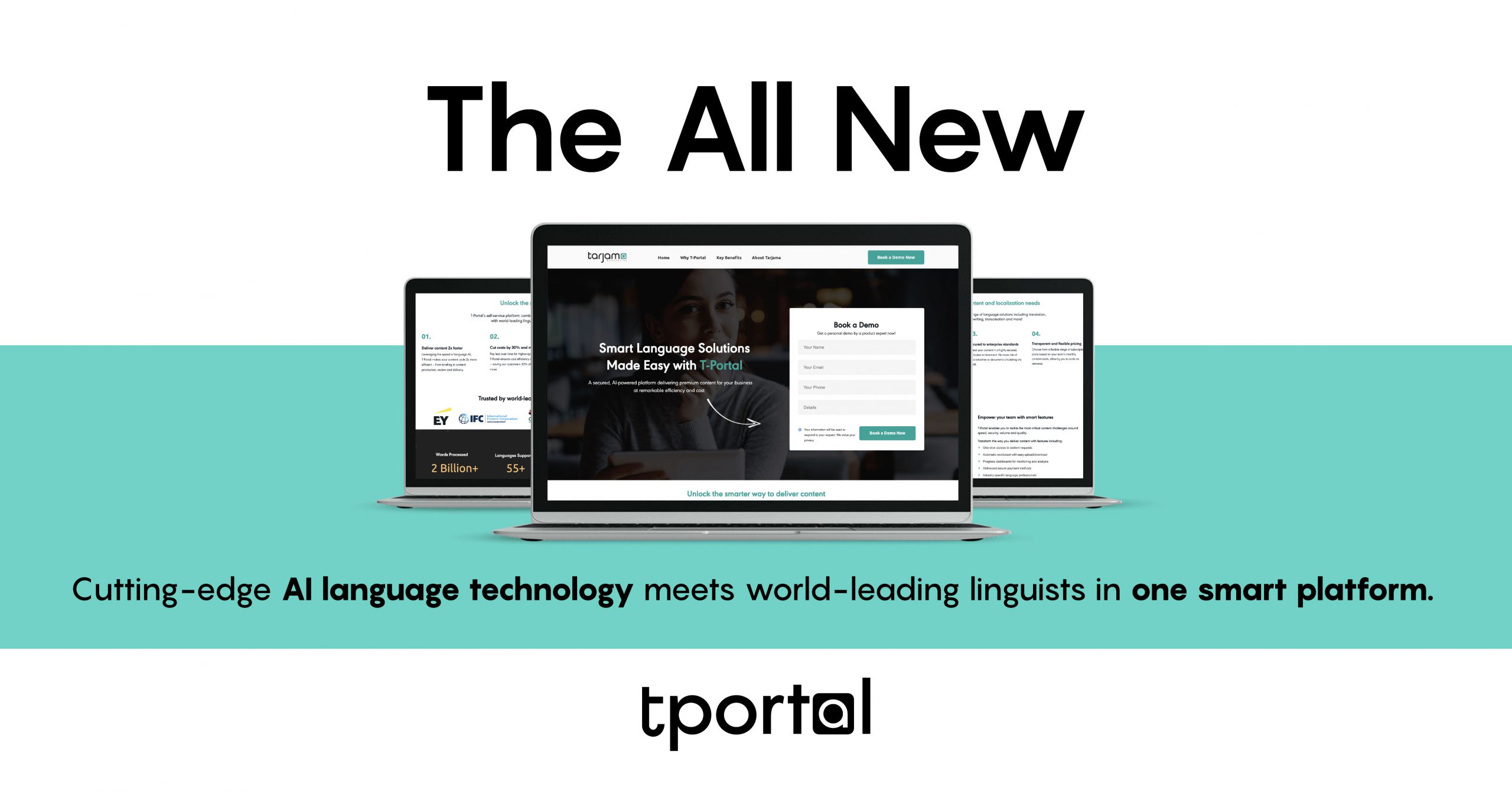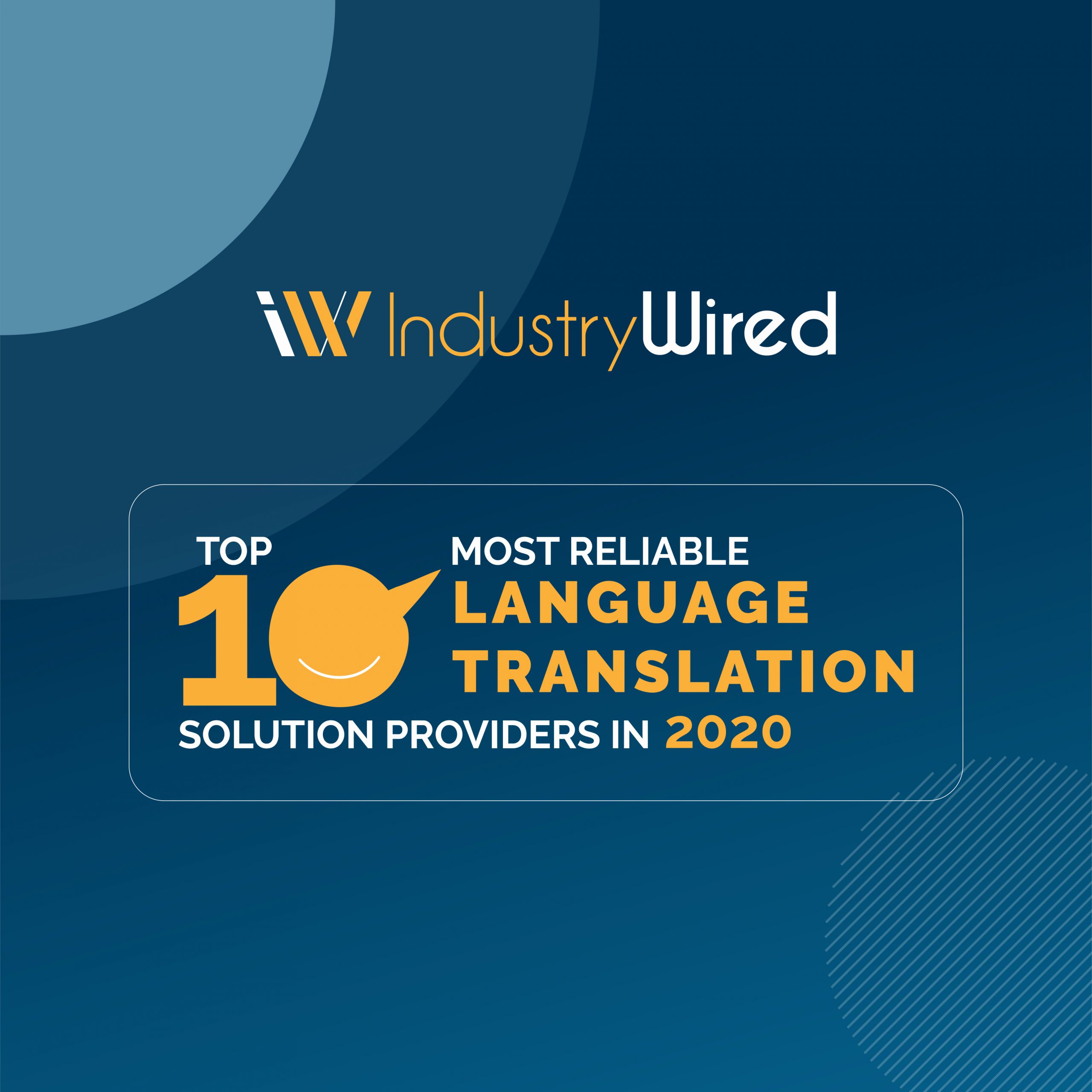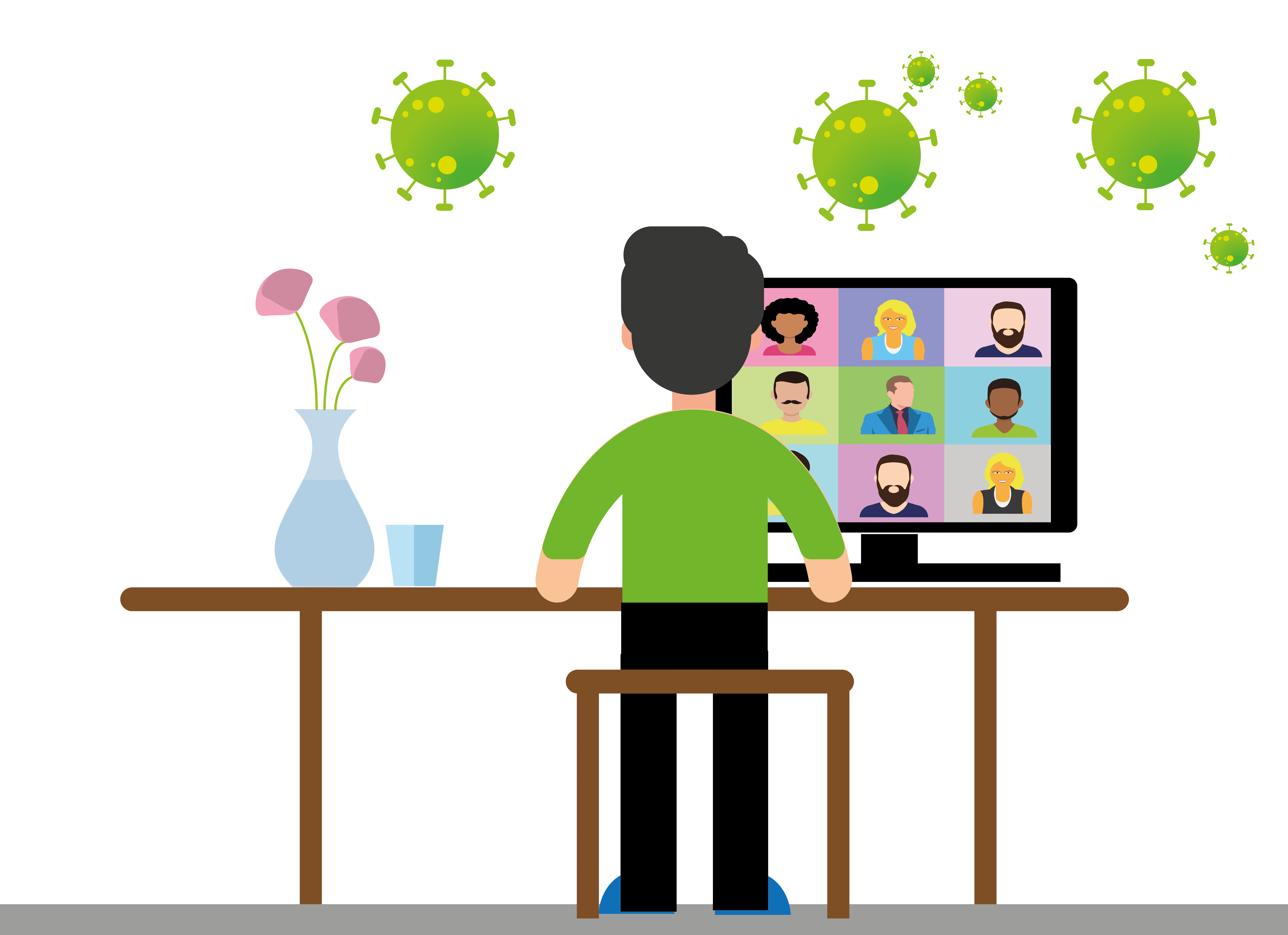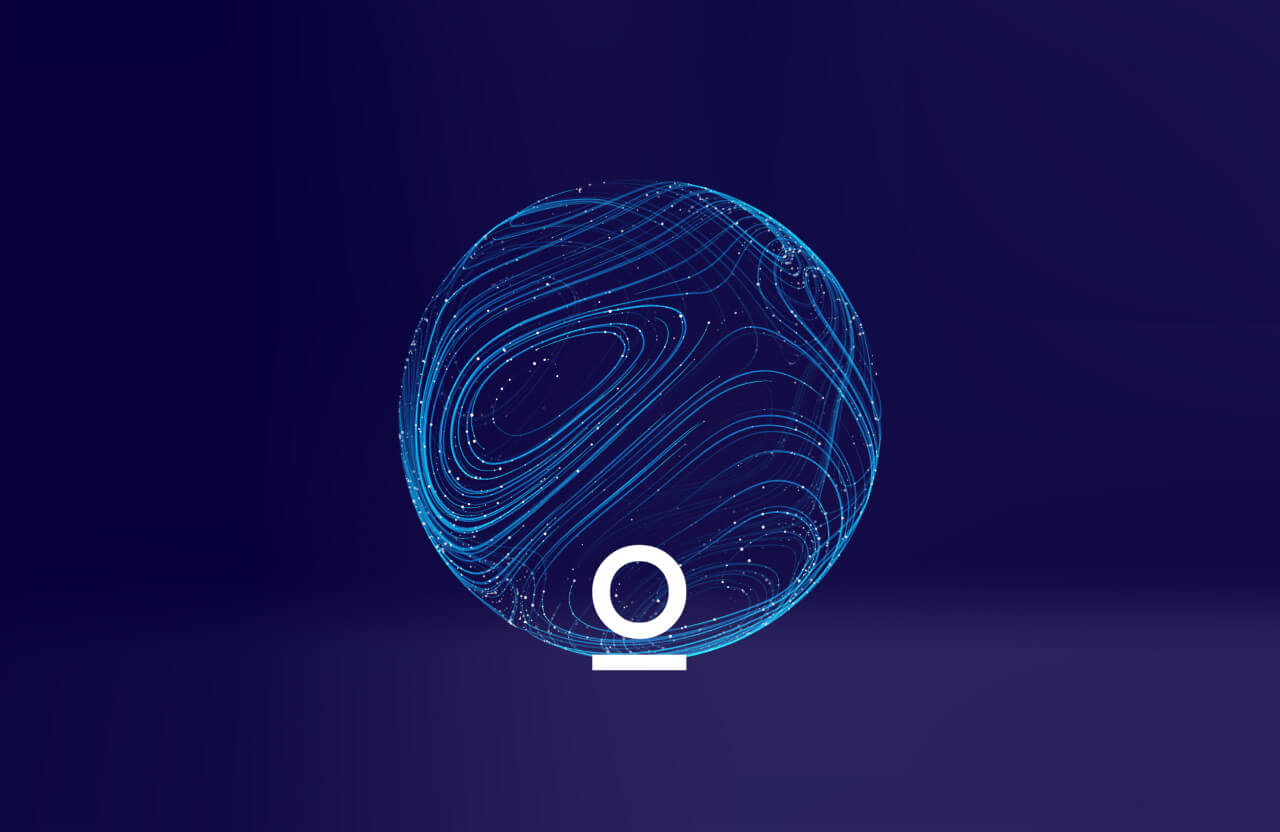The pace of content production in the world has increased more than ever, and it is expected to grow even more with developing technologies. The content produced appears in many different text formats. The age of the internet and technology has brought with it a massive amount of content that’s increasing day by day.
Today’s translation industry is busy translating this content into one language or more simultaneously and into different formats, such as user manuals, websites, software interfaces, quickly and with high quality. Thus, speed and quality provide a significant competitive advantage to both translators and employers. Many translation software and technology serve to produce the anticipated quality in the most efficient way possible.
One of those irreplaceable translation technologies is translation management systems (TMS). Here you can discover what a translation management system is and find out if you need one.
What is a Translation Management System?
To summarize, a translation management system (TMS) is a centralized platform that simplifies the management and automation of translation. A TMS automates repetitive tasks involved in translating content, significantly reducing manual operations and improving control and efficiency of the entire process. This reflects in increased consistency, speed, and productivity while lowering costs.
Translation memory systems store translations of sentences, words, phrases, or numbers in source-target pairs in databases. These pairs are called translation units (TUs). In the translation process, the source text segment to be translated is compared with the database of translations made before – that is, the translation memory – and the target text segment. At this pre-translation stage, the translator can also see the matching percentage. This helps translators work on each segment only once, saving companies indispensable time and money, in addition to producing consistent translations across all projects and formats
Translation memory is often integrated with workflow management, machine translation, project management, terminology management, and translation editor tools. This operational system is called a TMS, and this term is widely used by the translation industry.
Translation management systems manage the continuous translation flow, including localization, sharing linguistic data, and automating workflows based on project and terminological information held in the database, thereby implementing reusable translation processes. Every step in the translation process can be tracked by TMS users, regardless of whether it is using internal or external sources.
TMS combines project management capabilities with workflows, connects to translation memory and translator tools, and stores information about individual translation resources.
How Does It Work?
The translation management system allows the sorting and classification of translation memories. This ensures maximum reuse of previously translated texts. Translation memories can be accessed in many ways, providing flexibility in offline and online translation resources, ensuring the highest benefit from translation memories. In addition, translation management solutions integrate seamlessly with multiple databases for terminology management. For example, within the online edit and review functionality, terms are automatically highlighted so that the translator and editor can always see and reuse previously translated terms.
A task-based workflow consisting of the project team and a system is created for each content type and target language. Outsourced translators can receive notifications via email when they have work to do, and users can also see a web-based summary of all their pending tasks. Projects can be created based on any number of localization jobs, allowing consolidated planning of each phase of the project and setting specific milestones, with reminders sent to users before deadlines. In addition, the project manager has full visibility on the status, budget, and results of each job and resource.
Who Can Benefit From TMS?
Both project managers and translators benefit from a TMS. Translation is a process that needs to be kept under constant control, so a translation management system is a vital necessity for project managers. With the help of a TMS, the project manager does the planning within the team, ensures the management of the project resources and the team, and has full visibility on monitoring, reporting, and optimization. So, project managers in the translation industry should use translation programs with management features to keep all these factors under control.
A TMS significantly reduces translators’ workload. With programs focused only on translation and taking into account the translator’s needs, the process accelerates, and errors are minimized. In addition, there are benefits such as the ability to quickly correct mistakes, easy archiving, and access to the archive when working on a document. Consequently, process management becomes easier; the translator automatically knows how many words to be translated and how many hours the translation will take.
The fact that all these processes are faster and error-free satisfies both translators and customers.
What are the Perks of a Translation Management System?
Since the amount of translation is constantly increasing and translators cannot fully meet the demand, machines and automation have to be included in the translation process. Translation management systems make your translation process faster, more automated, simpler, and saves you time. With a TMS, repetitive and troublesome manual work reduces, control over the process enhances, and productivity boosts.
Translation memories make it easier for translators at this point. The essential feature of a term bank is storing previously translated texts, words, and phrases in a database and then using them to translate similar texts.
Translation management technology accelerates the translation process, consolidates and centralizes linguistic values, and enables collaboration across the entire translation supply chain.
– Automatic processes: By automating manual processes, translation costs and time decrease.
– Linguistic consistency: Centralized translation memory, terminology, and dictionaries ensure consistency and accuracy across the project.
– Collaboration: Increased collaboration and integration between translators, departments, and service providers.
Features and Additional Benefits
Term Bank and Translation Memory
Translation memories in TMSs are indispensable to translators.
Another advantage of translation memory systems is that a term bank can be integrated into many of these memories. In this way, translators can see the translation memory suggestions for sentences and phrases on their screens. At the same time, they can also see the dictionary equivalents of words in a panel of the translation memory system window. Thus, parallel to the capacity of the translation memory used, the time to find the matches gets shorter.
The most outstanding benefit of term banks is that it enables more efficient use of time, which is vital for translators. It is also crucial for translators to ensure the consistency of the term equivalents used in translations.
There are several ways to create a term bank, which is a tool that can be used by both an independent translator or a company with dozens of translators. Translators can create a term bank in its simplest form by entering the new terms they encounter while translating into a database.
Machine Translation
Some TMSs include an integrated machine translation (MT) tool that allows for instant translations. Often machine translation output is used to translate bulks of content at an initial stage, after which human translators can review and polish it. This process, namely Machine Translation Post-Editing (MTPE) helps save time for translators, who can just work on reviewing and editing the translators and focus more on the creative elements.
Backup and Archiving
With a TMS, all your data is backed up on a secure server. The team does not have to deal with the storage. Critical information such as uploaded files, translation memories, terminologies, translator profiles, and customer information is regarded with secure backups. A TMS keeps your files securely stored and encrypted, and provides you with the flexibility to choose who has access to which files.
Project Management
Work or project management includes planning, organizing, coordinating, controlling, auditing.
– Knowing which translator and editor are more suitable for the task,
– Knowing the translation status,
– Knowing the points that the customer objected to in the text, or at least understanding why the team translated the text with a specific approach,
– Deciding whether the customer is right in objection, and if so, how the editor or the translator can achieve the correct translation are regular responsibilities of project managers.
Collaboration
Project managers customize their workflows to fit their business needs. Each participant in the workflow receives a notification that a new job is to be done and can be followed. Translators and editors, working both online and offline, and their queries and comments are tracked through the system. Translators or editors receive comments from the client to validate and implement any corrections.
How to Choose The Right TMS?
A TMS brings together all the tools that companies use to manage their translations in one platform. Therefore, it is the foundation for all other technologies, which is why the selection and purchase of a TMS require careful consideration in advance. Your existing technology, the dynamics and diversity of your content and languages, and, in particular, your budget should be taken into account.
There is almost no limit to the factors that should be considered before deciding to invest in a TMS. You should always pay attention to a few basic functionalities, such as an easy-to-use editor interface and intelligent search functions. For some businesses, however, the translation software they use will depend on more specific requirements.
For example, think about the size and geographical spread of a company. The TMS manager needs to know how many people will use the translation programs, whether the TMS needs multilingual functions, and how extensive the support required is for the team to keep the project going smoothly.
It is also important to consider the level of control both managers and end-users will have in using the TMS. Businesses also need to consider the variety of electronic data forms they use. The best translation software should easily index all types of digital content.
Here are some additional guidelines for choosing the right TMS:
– Get recommendations from employees and managers.
– Understand who will be using the TMS and for which purposes they will use it.
– Include translators, editors, project managers, the marketing team, and IT staff in the decision-making process.
– Assess current and future business needs.
– Consider whether the system can be integrated into the company’s current tech stack and whether the TMS has optimization functions.
– Research your options and make a shortlist of important software that meets your needs.
– Contact TMS providers. This gives them an opportunity to address the needs of your business and explain why they can offer the right software for translators.
– Evaluate the functionality, training, and support that each provider gives. With the help of demos, you can understand how the particular system works and which integrations it offers.
We, Tarjama, use a highly advanced TMS called CleverSo, integrating translation technologies that minimize your translation costs and maximize our, and your, team efficiency. Combining AI with human perception, tasks become easier and production boosts up. Discover our TMS technology and get immersed in the new era of translation.
